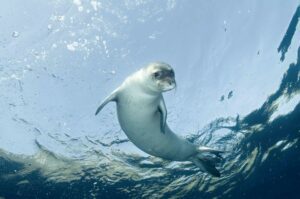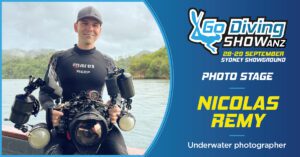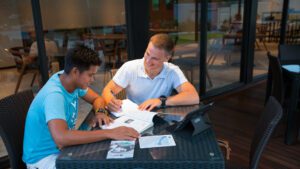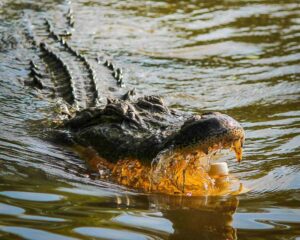PT Hirschfield chats to the New South Wales-based nature photographer, and owner of Oceanwide Image agency, Gary Bell.
Photographs by Gary Bell and PT Hirschfield.
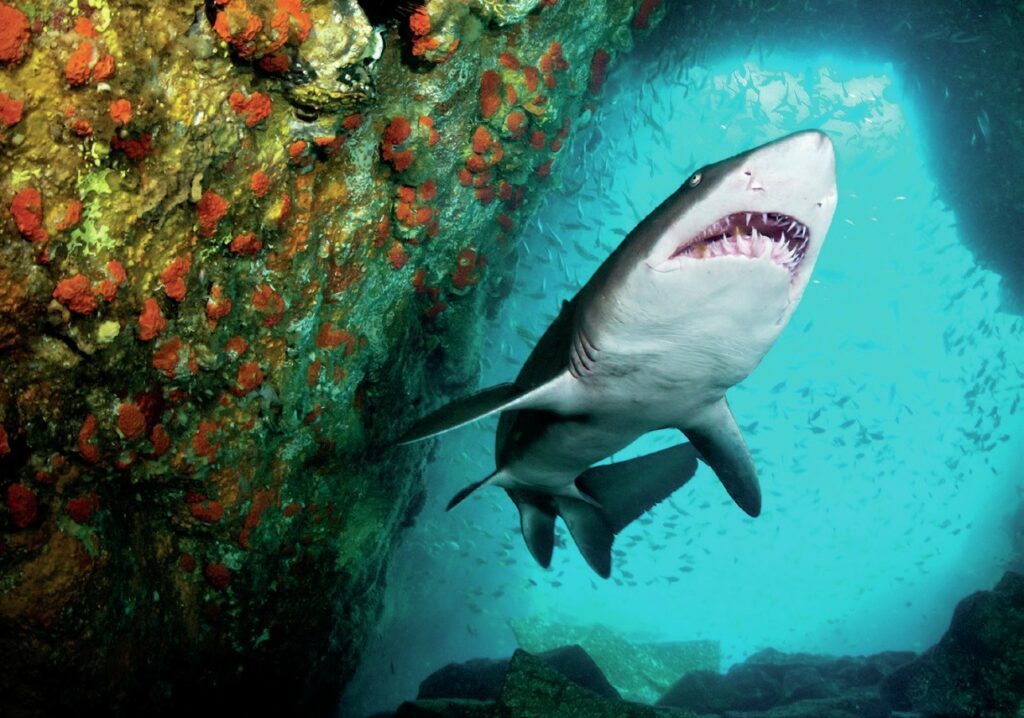
You may not immediately recognise his name, but you’ve almost certainly seen his images and may even have some in your home. Coffs Harbour (NSW)-based professional nature photographer and owner of Oceanwide Image agency Gary Bell is the most-prolific, successful, ubiquitous and diverse Australian underwater photographer you’ve never heard of.
His underwater and land-based images feature on stamps, coins, billboards, on the covers and pages of magazines, educational and coffee-table books, jigsaw puzzles, calendars and more. In the pre-digital days of the early 1990s, he was awarded Australasia Underwater Photographer of the Year three years in a row. Gary Bell has equal mastery of shooting expansive underwater landscapes and macro subjects as he has with capturing terrestrial landscapes, wildlife and portraits.
Despite having worked alongside world-renowned underwater photographer David Doubilet as his assistant on more than 20 assignments globally for National Geographic and the ubiquity of his own nature images, there’s nothing flashy about Gary. He’s a down-to-earth, quietly spoken, family-focused man without a shred of ego: ‘I’m a pretty reserved sort of character. I like to keep a low profile. Photography speaks for itself. For me the buzz is about capturing a special moment with an animal. Behaviour photography or something that’s not really been seen before. That’s what I like most.’
Gary purchased his first underwater camera in 1974, doing most of his early diving under the piers of Victoria’s Mornington Peninsula. After three years of travelling around Australia diving everywhere he possibly could, Gary relocated to Heron Island where he worked as a Divemaster. He shot commercial images for the island’s tourist brochures and bought a small boat so he could dive on his days off, making endless images of the Great Barrier Reef. These were showcased in a hard-cover coffee table book titled ‘Great Barrier Reef: A World Heritage National Park’ (2007) by publisher Steve Parish, whom Gary met on Heron Island, where he also first encountered David Doubilet.
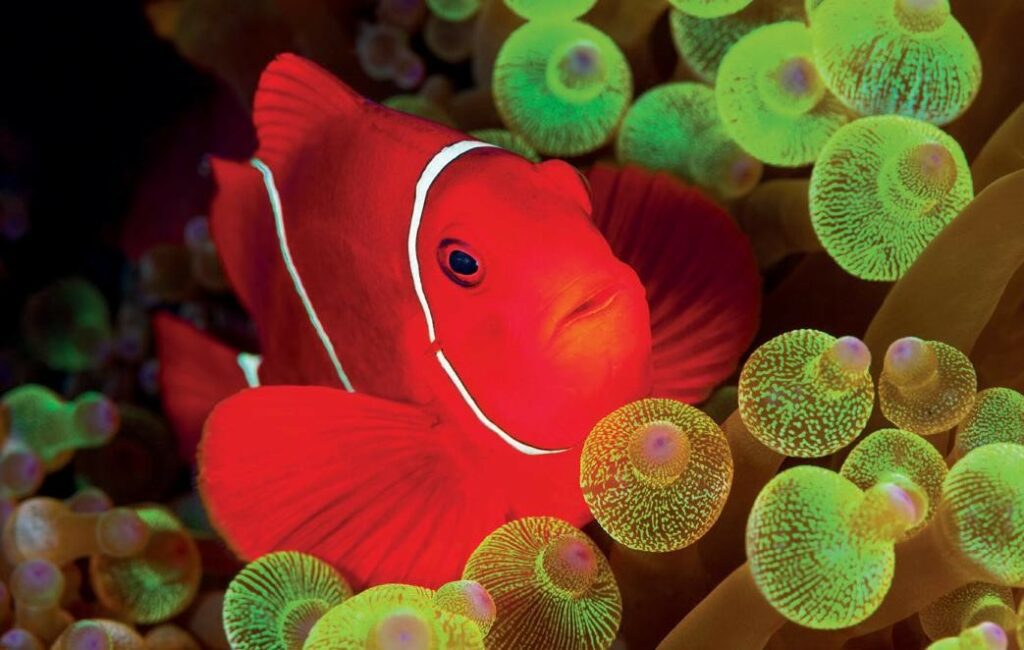
Gary took care of Doubilet, who was working on a book for several weeks: ’It was towards the end of my time on Heron and I asked him where was a good place to dive in America. He told me he was heading to Grand Cayman Island for an assignment and invited me to assist him with that, which I did for a month.’ Part of Gary’s role was to prepare a range of cameras for David’s use: ‘Those were the days of film so you couldn’t shoot endless pictures. You had 36 frames and you had to be very selective about what images you took. So I would often go down with a minimum of five different underwater camera systems, making a big camera pile on the bottom.‘
Gary took care of Doubilet, who was working on a book for several weeks: ’It was towards the end of my time on Heron and I asked him where was a good place to dive in America. He told me he was heading to Grand Cayman Island for an assignment and invited me to assist him with that, which I did for a month.’ Part of Gary’s role was to prepare a range of cameras for David’s use: ‘Those were the days of film so you couldn’t shoot endless pictures. You had 36 frames and you had to be very selective about what images you took. So I would often go down with a minimum of five different underwater camera systems, making a big camera pile on the bottom.‘
In a world where underwater digital camera systems are now more affordable and the world is literally saturated with underwater images, it’s a testament to Gary’s talent and business acumen that Oceanwide Images – the agency he established in 2003 when quality underwater images were difficult to source – remains a successful and in-demand fulltime venture.
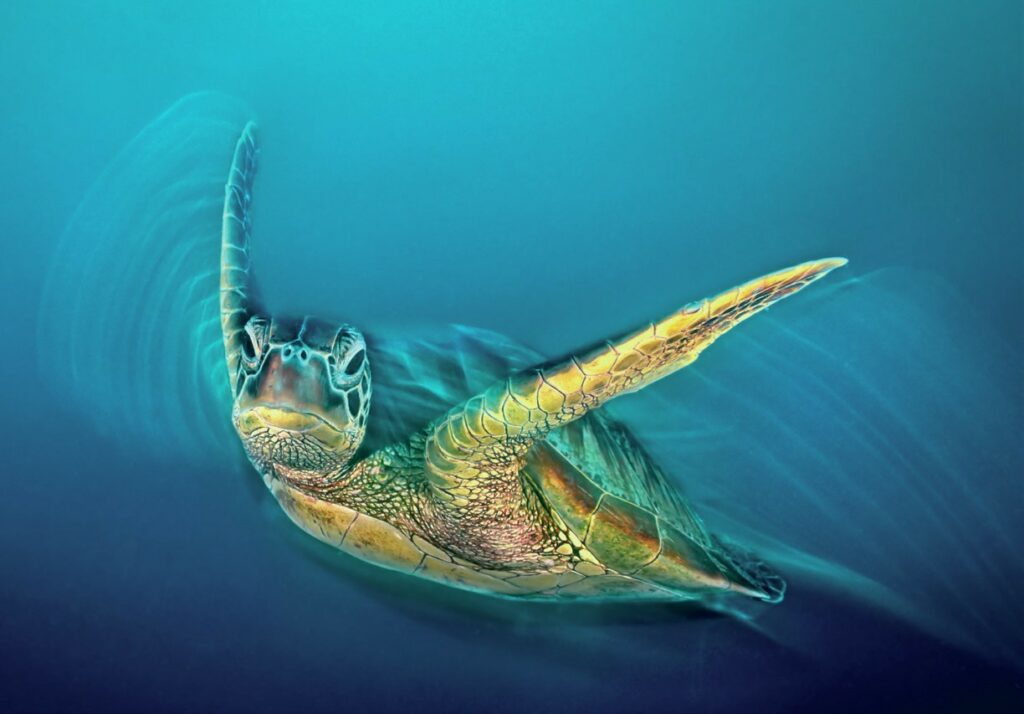
Having dived across the world, including the Caribbean, Cayman Islands, Papua New Guinea, Indonesia and Malaysia, one of the places that excites Gary the most is Tasmania: ‘Very few people go there to dive, but to me the temperate reefs of Tasmania are some of the most exciting diving I’ve ever done. Down the east coast is beautiful. In deep water 30m plus you get this incredible invertebrate marine life growing on the rocks. It’s tough diving – cold, deep and lots of surge – but I find it a challenge. Wide angle underwater reef scenes are something I love to shoot. The colours are so beautiful.’
Gary has taught underwater photography workshops and his advice to those entering the field is not to go straight to a DSLR but to learn on a smaller rig. He advises: ‘You have to get connected with the environment and the animal you’re photographing. Sometimes it takes hours or days on one subject trying to get that picture. You can’t jump from one thing to another. It’s a matter of really knowing how that animal behaves. You just hang out and chill out and become part of the reef. Act like a fish and they will start coming up to you.’
You can connect with Gary’s images on Facebook or his agency page OceanWideImages
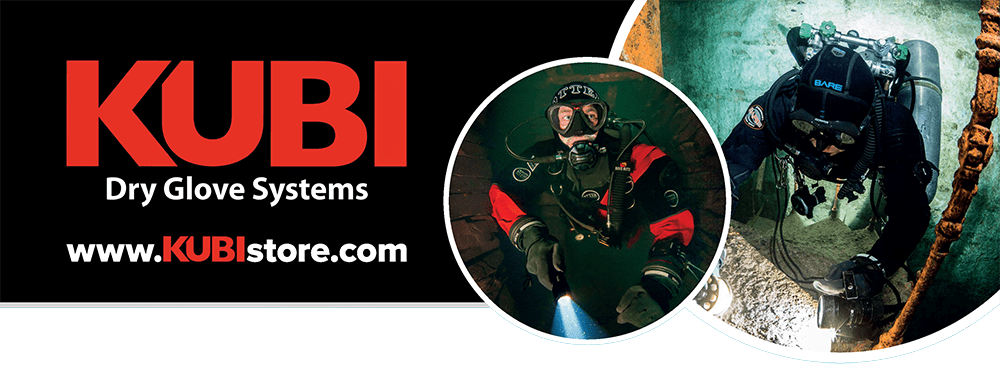
This article was originally published in Scuba Diver ANZ #55.
Subscribe digitally and read more great stories like this from anywhere in the world in a mobile-friendly format. Link to the article





